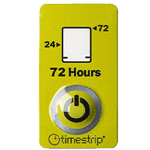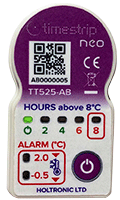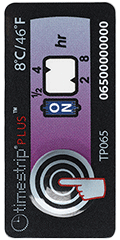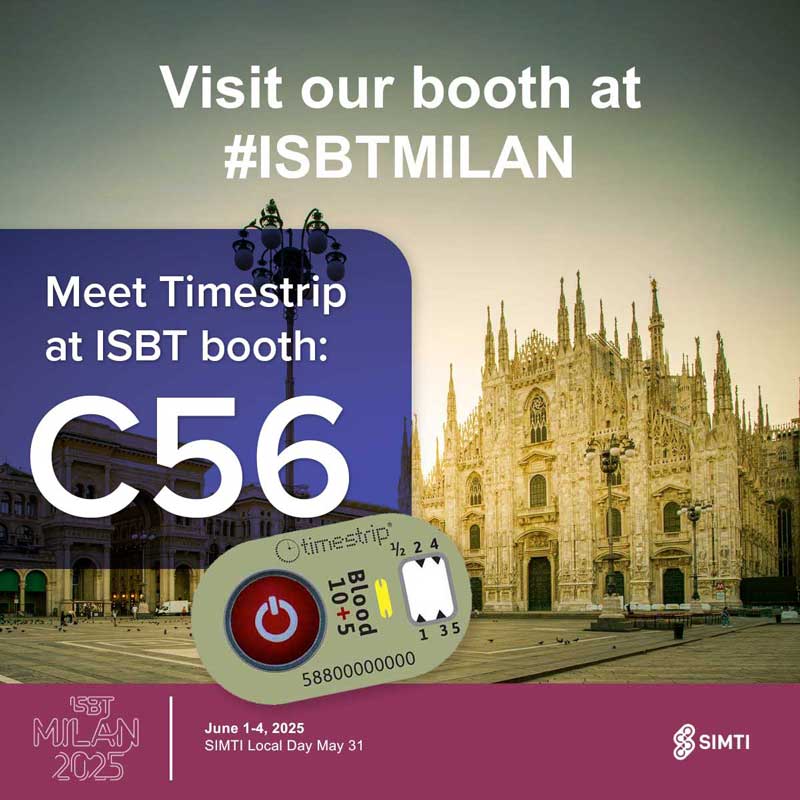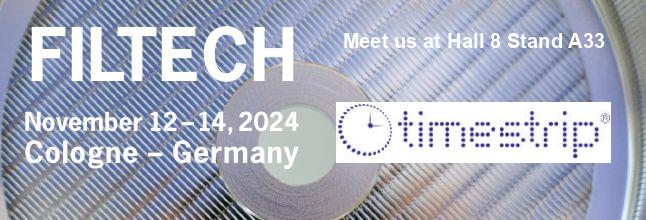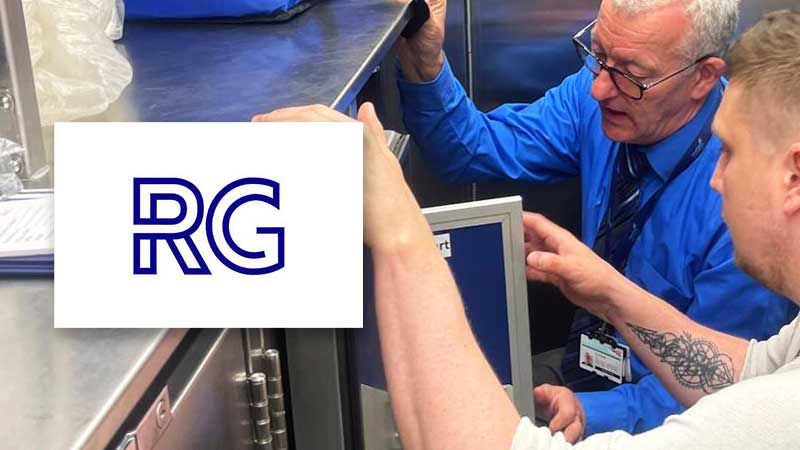
The Silent Guardians of Time: How Indicators Revolutionize Monitoring Across Industries
In a world driven by precision and efficiency, the ability to monitor elapsed time is often of fundamental importance. From ensuring the safety of medical supplies to optimizing the performance of everyday appliances, time indicators have emerged as indispensable tools.
Companies like Timestrip are at the forefront of this innovation, providing a diverse range of low cost, easy to use visual time indicators that revolutionize how industries and individuals track critical timeframes.
The beauty of these time indicators lies in their simplicity and effectiveness. Unlike complex electronic systems that require power and intricate calibration, visual time indicators are self-contained, easy to activate, and provide an unambiguous visual signal once a pre-set time has elapsed. This makes them ideal for a myriad of applications where reliable time tracking is essential, but cost and complexity are concerns.
Here are some of the key areas where time indicators are making a significant impact:
1. Enhancing Infection Control in Healthcare
One of the most profound uses of time indicators is in reducing the risk of Healthcare-Associated Infections (HAIs) by supporting strict replacement schedules for high-contact items and patient consumables. In these applications, the visual time indicator acts as a low-cost, high-impact tool. It simplifies decision-making, reinforces professional standards, and shifts the focus from manual record-keeping to immediate, proactive care, ultimately contributing to a safer and more efficient patient environment.
-
Nebulizer Cup Replacement Cycles
Nebulizer cups, used for aerosol drug delivery, can accumulate bacterial biofilm over time, reducing drug efficacy and posing an infection risk to respiratory patients. Manufacturers can integrate time indicators directly with their device packaging. Patients activate the indicator and affix it to their compressor, providing a clear visual prompt after the recommended usage period (e.g., six months) to replace the cup, maintaining therapeutic effectiveness and safety.
-
Hospital Curtain Change Reminders
Hospital privacy curtains are known to harbour pathogens like MRSA and C. diff. Implementing a regular change schedule is vital for infection control. Activation upon installation, time indicators can be affixed directly to the hospital curtain. When the colour progression reaches a preset mark (e.g., after 3 or 6 months), staff have an immediate visual alert that the curtain is due for replacement, supporting compliance with hygiene protocols.
2. Careful Timing for Procedures:
In many industries, precise timing of procedures is crucial for safety and efficacy. Time indicators offer a simple yet powerful solution.
-
Medical Instrument Sterilization
Sterilization of medical instruments is a non-negotiable step to prevent infections. Various sterilization methods require instruments to be exposed to specific conditions (e.g., heat, chemical agents) for a precise duration. Time indicators can be placed directly with instrument kits or inside sterilization chambers. They are activated at the start of the sterilization process and visually confirm progress towards the end time. This provides a quick, easy to use verification of the procedure, adding an extra layer of safety and compliance in operating rooms and clinics.
-
IV Line Change Alerts
Guidelines from healthcare organizations specify the maximum dwell time for peripheral IV lines and the replacement frequency for administration sets (e.g., no more frequently than 96 hours, but at least every 7 days). Simple time indicators provide a push-button activated, colour-changing timer that is adhered directly to the IV tubing. Nurses can tell at a glance exactly how much time has elapsed since the tubing was changed, ensuring they adhere to the required protocols without relying solely on handwritten notes.
-
Catheter Replacement
Similar to IV lines, many catheters (such as certain short-term urinary or peripheral vascular catheters) have a recommended maximum dwell time. A dedicated time indicator can be affixed to the catheter dressing or patient chart. By providing a clear, irreversible count of the days or weeks the device has been in use, the indicator reduces the risk of overlooking a scheduled removal or replacement, directly addressing a primary cause of device-related infections.
The Future of Time Monitoring
As technology advances, so too do the applications for simple time indicators. However, the core principle remains the same: providing clear, reliable, and accessible visual information about elapsed time.
Time indicators from Timestrip empower professionals and consumers alike to make informed decisions, ensuring products are safe, procedures are precise, and equipment performs at its best.
What is the best solution for time monitoring?
Simple indicators are ideally suited to time monitoring. They are low cost, very easy to use and provide a clear irreversible indication of breaches. Data loggers on the other hand come into their own for instances where raw data needs to be collected and stored for later analysis e.g. for audit purposes.

